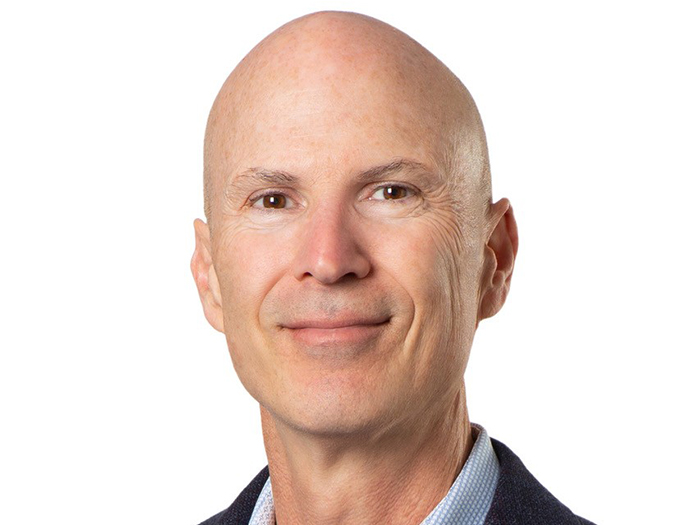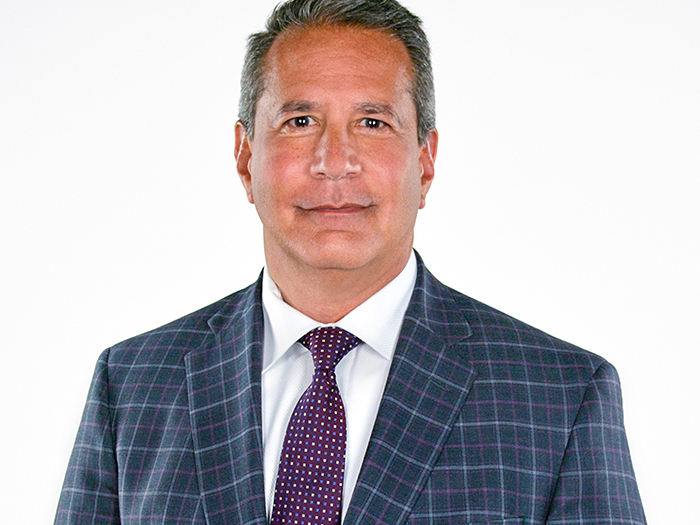Risk Insider: Paula Vene Smith
Choose Compliance
It’s common for leaders to create a mission statement that serves as compass and guide, both to chart new directions and to fine-tune everyday operations. Whether it’s a nonprofit, an educational institution, or a socially responsible business, the organization draws strength from its mission and values.
When leaders disagree, they appeal to these higher principles as a way to resolve differences and move ahead.
When I was writing the chapter on ethics and compliance for my new book, Engaging Risk: A Guide for College Leaders (Rowman & Littlefield, 2015), several people who read this material in draft form raised the same question: How could I describe compliance as a choice?
Mandatory, obligatory, have to, required—these are the words commonly associated with compliance.
Leaders of an organization must carefully weigh the negative consequences before heading down the path of noncompliance.
I propose looking behind the rule for its reason. Most of the time, even when compliance is expensive and inconvenient, people will find that the reasons behind laws and regulations are consistent with the organization’s stated or implied values — such as minimizing workplace hazards or providing access to people with disabilities.
But what about the rare case where compliance would violate or threaten our organization’s values?
Think of the times when laws regarding censorship, obscenity, or loyalty to the government have come into conflict with a university’s commitment to academic freedom, or times when anti-discrimination laws or insurance regulations come into conflict with the values of organizations with a religious affiliation. What happens then?
One of my colleagues objected to the idea that compliance can be viewed as a choice.
He wrote: “Many, many of the newest regulations [on colleges and universities] are tied to federal financial aid eligibility, without which noncompliant institutions would simply die. That partnership can’t be ended, nor even negotiated.”
But just last month, The New York Times reported on several private religious colleges that have done exactly that, discontinuing their federal student-aid programs in order not to have to comply with government demands.
As reported in the Times, “Ultimately, the board said accepting the money would have been a Faustian bargain that could compromise the school’s core beliefs and mission.”
It remains to be seen whether these small colleges can stay afloat without federal aid, and whether any organization can sustain a stance of civil disobedience in the face of powerful regulatory and judicial forces.
A third path sometimes can be found, as when the battle is taken to the courts, or the organization lobbies to get regulations softened or revised. Sometimes the conflict can be avoided in another way, as in the case of a Mennonite couple who ended their wedding business instead of renting their flower-shop and bistro for a gay wedding.
Leaders of an organization must carefully weigh the negative consequences before heading down the path of noncompliance. Such a step may mean losing business, or breaking off an otherwise beneficial alliance with a prestigious professional group or other association. Engaging in noncompliance can incur heavy fines or penalties. It may entail withdrawal of financial support, or of valuable accreditation.
The projected harm that noncompliance may wreak on the organization’s mission may be viewed as too steep a price, and leaders may ultimately decide to remain in compliance after all.
But it would be healthy to remember that choosing to comply is an active decision, so that all our efforts to follow through on compliance reflect the power of affirmative choice.










